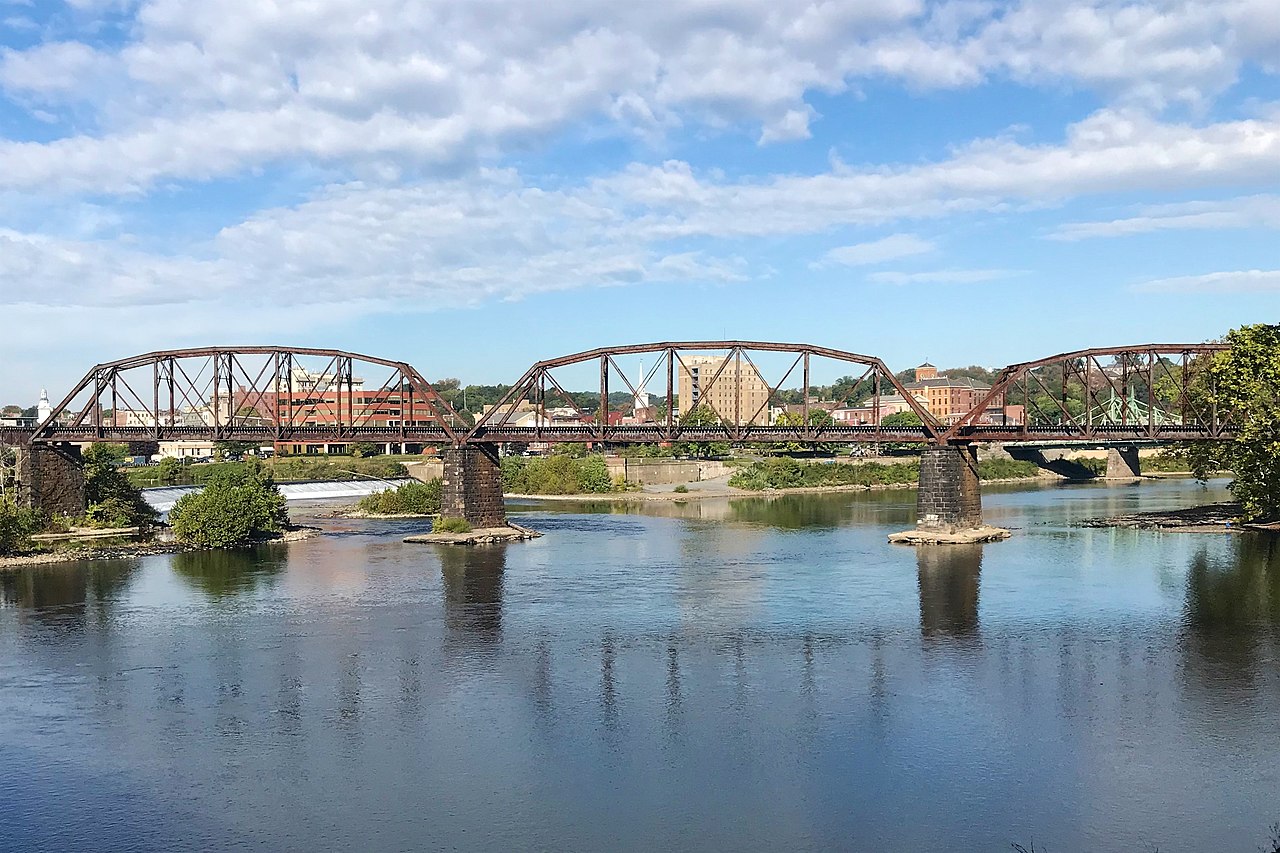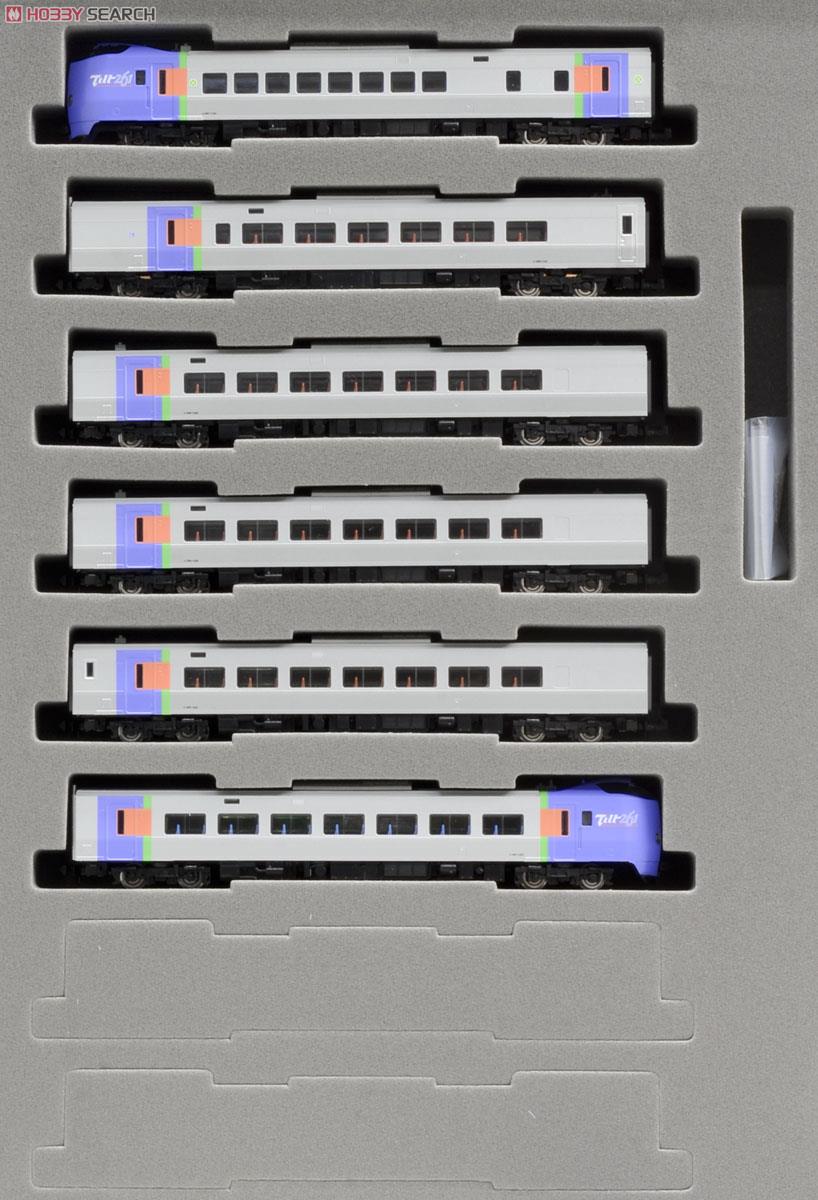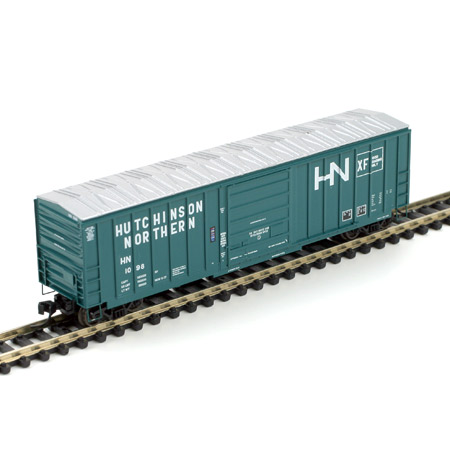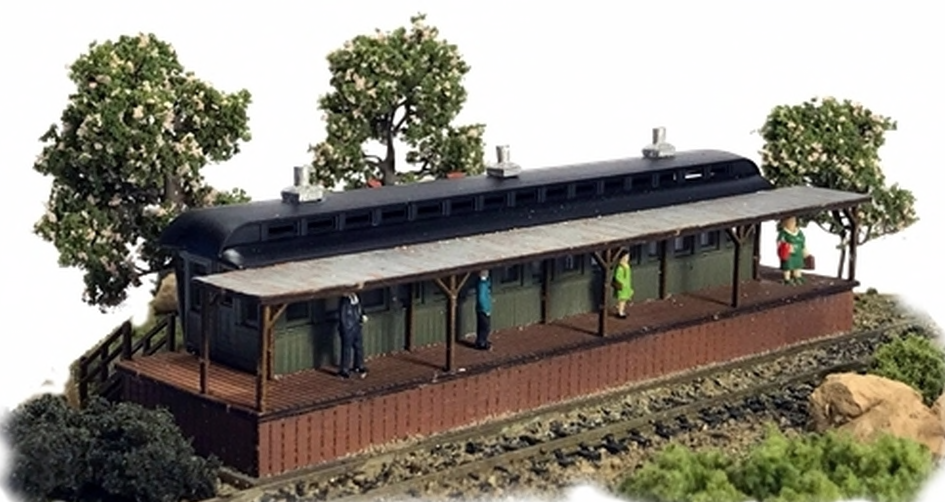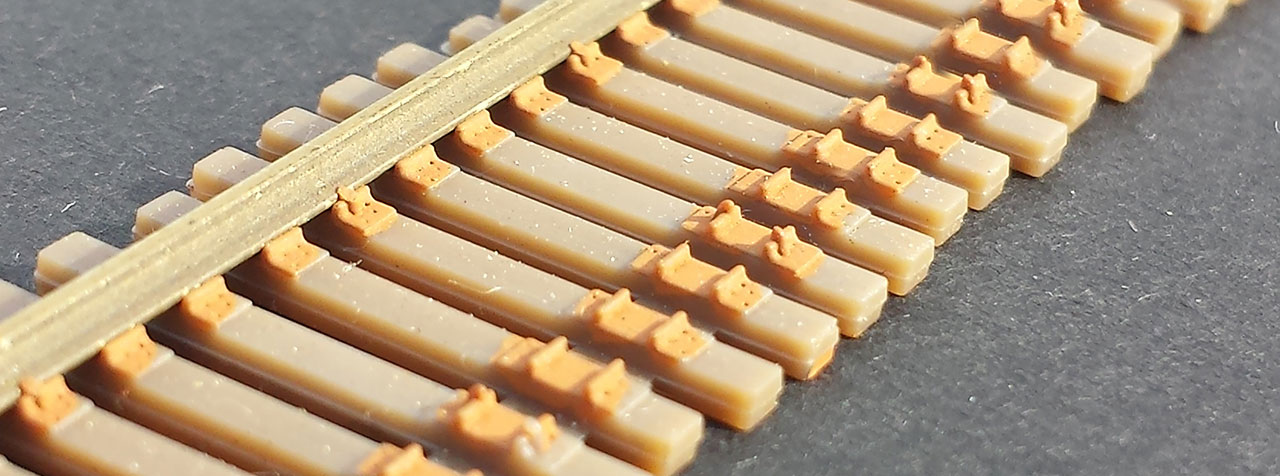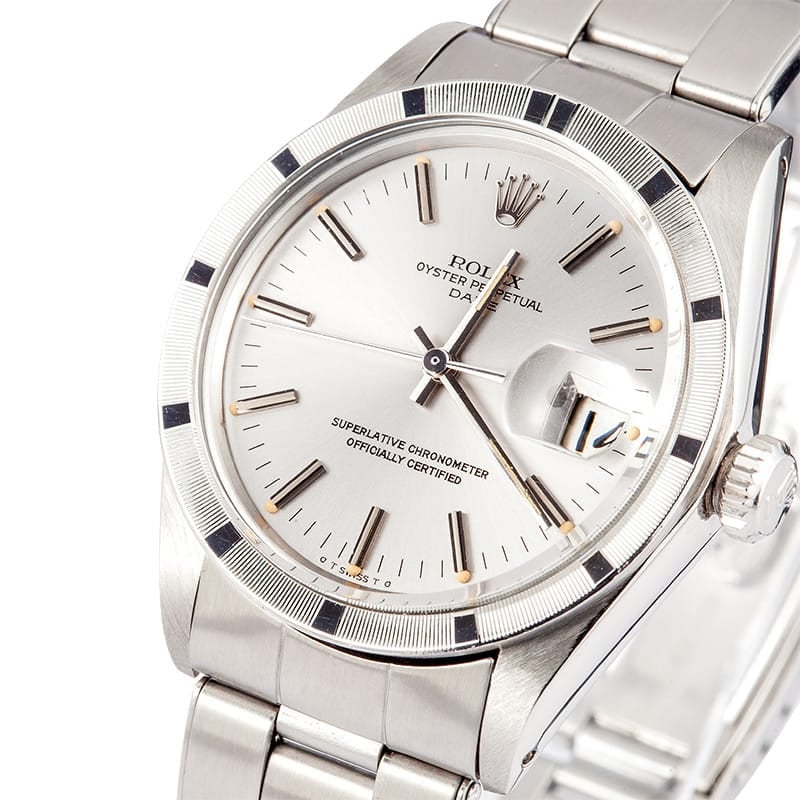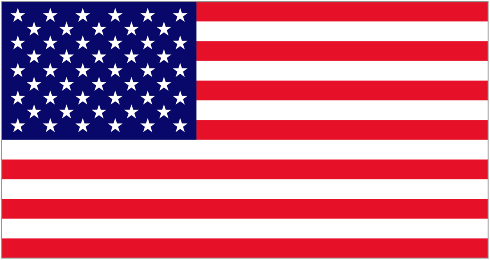Company History: The L&HR was established as an extension of the Warwick Valley Railroad and the two were merged as the Lehigh & Hudson River Railway in 1882. Ultimately the line would run from Easton, Pennsylvania through northwest New Jersey to Maybrook, New York just 97 miles away.
Despite its small size, the L&HR was an important bridge carrier. This was due to the fact that bridges over the Hudson River are few and far between. The L&HR funneled traffic from Jersey Central, Lackawanna, Erie, Lehigh Valley, Pennsylvania Railroad and Reading at Easton, to the New Haven at Maybrook. The New Haven crossed the Hudson on their Poughkeepsie Bridge. This was a shortcut from the Mid-Atlantic States to New England. The connecting lines at Easton split ownership of the L&HR.
L&HR’s early 20th Century steam fleet was dominated by camelbacks of 2-8-0 and 4-6-0 arrangements. Eight Mikados followed with standard cabs and Wooten fireboxes to burn anthracite mined in the area. Oddly enough, the Mikes were followed by 2-8-0’s. These were no ordinary Consolidations though. They were massive, with fireboxes the same size as those on Nickel Plate’s Berks and bigger than Reading’s T-1 Northerns! From a tractive effort standpoint, they nearly matched a USRA 2-10-2. A need for more speed brought a trio of 4-8-2 Mountains that were copies (right down to the tender) of Boston & Maine’s Mountains.
L&HR dieselized in 1950 with 13 Alco RS-3’s (set up for long hood forward operation as was the case more most RS-3’s.) These units were dark green with gold striping. These were replaced between 1963 and 1969 by nine Alco C420’s, delivered in blue and gray.
Things started to go wrong in 1960 with the Erie Lackawanna merger. Erie had their own connection to New Haven and began diverting EL traffic to that route. In 1968, the Penn Central merger diverted considerable traffic from the L&HR. PC used their yard at Selkirk near Albany to sort everything going to or from New England and that meant crossing the Hudson near there. A few months after the PC merger, New Haven was folded into PC stripping L&HR of their only friendly connection on the east end. PC had agreed to preserve service on this gateway as one of many conditions for their merger. However, they stopped maintaining the Poughkeepsie Bridge. In 1972, with bridge traffic at a trickle and few on-line customers, L&HR declared bankruptcy. The final straw was two years later when a fire knocked out the Poughkeepsie Bridge. Lehigh & Hudson River was included in the 1976 Conrail consolidation.
Despite its small size, the L&HR was an important bridge carrier. This was due to the fact that bridges over the Hudson River are few and far between. The L&HR funneled traffic from Jersey Central, Lackawanna, Erie, Lehigh Valley, Pennsylvania Railroad and Reading at Easton, to the New Haven at Maybrook. The New Haven crossed the Hudson on their Poughkeepsie Bridge. This was a shortcut from the Mid-Atlantic States to New England. The connecting lines at Easton split ownership of the L&HR.
L&HR’s early 20th Century steam fleet was dominated by camelbacks of 2-8-0 and 4-6-0 arrangements. Eight Mikados followed with standard cabs and Wooten fireboxes to burn anthracite mined in the area. Oddly enough, the Mikes were followed by 2-8-0’s. These were no ordinary Consolidations though. They were massive, with fireboxes the same size as those on Nickel Plate’s Berks and bigger than Reading’s T-1 Northerns! From a tractive effort standpoint, they nearly matched a USRA 2-10-2. A need for more speed brought a trio of 4-8-2 Mountains that were copies (right down to the tender) of Boston & Maine’s Mountains.
L&HR dieselized in 1950 with 13 Alco RS-3’s (set up for long hood forward operation as was the case more most RS-3’s.) These units were dark green with gold striping. These were replaced between 1963 and 1969 by nine Alco C420’s, delivered in blue and gray.
Things started to go wrong in 1960 with the Erie Lackawanna merger. Erie had their own connection to New Haven and began diverting EL traffic to that route. In 1968, the Penn Central merger diverted considerable traffic from the L&HR. PC used their yard at Selkirk near Albany to sort everything going to or from New England and that meant crossing the Hudson near there. A few months after the PC merger, New Haven was folded into PC stripping L&HR of their only friendly connection on the east end. PC had agreed to preserve service on this gateway as one of many conditions for their merger. However, they stopped maintaining the Poughkeepsie Bridge. In 1972, with bridge traffic at a trickle and few on-line customers, L&HR declared bankruptcy. The final straw was two years later when a fire knocked out the Poughkeepsie Bridge. Lehigh & Hudson River was included in the 1976 Conrail consolidation.
Successor/Parent History: The Consolidated Rail Corporation, commonly known as Conrail (reporting mark CR), was the primary Class I railroad in the Northeast U.S. between 1976 and 1999. Conrail is a portmanteau of "consolidated" and "rail" from the name of the company.
The U.S. federal government created Conrail to take over the potentially profitable lines of multiple bankrupt carriers, including the Penn Central Transportation Company and Erie Lackawanna Railway. With the benefit of industry-wide regulatory requirements being reduced (via the 4R Act and the Staggers Act), Conrail began to turn a profit in the 1980s and was turned over to private investors in 1987. The two remaining Class I railroads in the East, CSX Transportation and the Norfolk Southern Railway (NS), agreed in 1997 to split the system approximately equally, returning rail freight competition to the Northeast by essentially undoing the 1968 merger of the Pennsylvania Railroad and New York Central Railroad that created Penn Central. Following Surface Transportation Board approval, CSX and NS took control in August 1998, and on June 1, 1999, began operating their portions of Conrail.
The U.S. federal government created Conrail to take over the potentially profitable lines of multiple bankrupt carriers, including the Penn Central Transportation Company and Erie Lackawanna Railway. With the benefit of industry-wide regulatory requirements being reduced (via the 4R Act and the Staggers Act), Conrail began to turn a profit in the 1980s and was turned over to private investors in 1987. The two remaining Class I railroads in the East, CSX Transportation and the Norfolk Southern Railway (NS), agreed in 1997 to split the system approximately equally, returning rail freight competition to the Northeast by essentially undoing the 1968 merger of the Pennsylvania Railroad and New York Central Railroad that created Penn Central. Following Surface Transportation Board approval, CSX and NS took control in August 1998, and on June 1, 1999, began operating their portions of Conrail.
Brief History: The U.S. is a country of 50 states covering a vast swath of North America, with Alaska in the northwest and Hawaii extending the nation’s presence into the Pacific Ocean. Major Atlantic Coast cities are New York, a global finance and culture center, and capital Washington, DC. Midwestern metropolis Chicago is known for influential architecture and on the west coast, Los Angeles' Hollywood is famed for filmmaking.
Item Links: We found: 2 different collections associated with Lehigh & Hudson River - Railroad
- Collection N Scale Model Trains: 23 different items.
- Collection HO Scale Model Trains: 8 different items.
Item created by: gdm on 2017-10-12 16:26:47. Last edited by gdm on 2020-07-01 09:37:39
If you see errors or missing data in this entry, please feel free to log in and edit it. Anyone with a Gmail account can log in instantly.
If you see errors or missing data in this entry, please feel free to log in and edit it. Anyone with a Gmail account can log in instantly.



